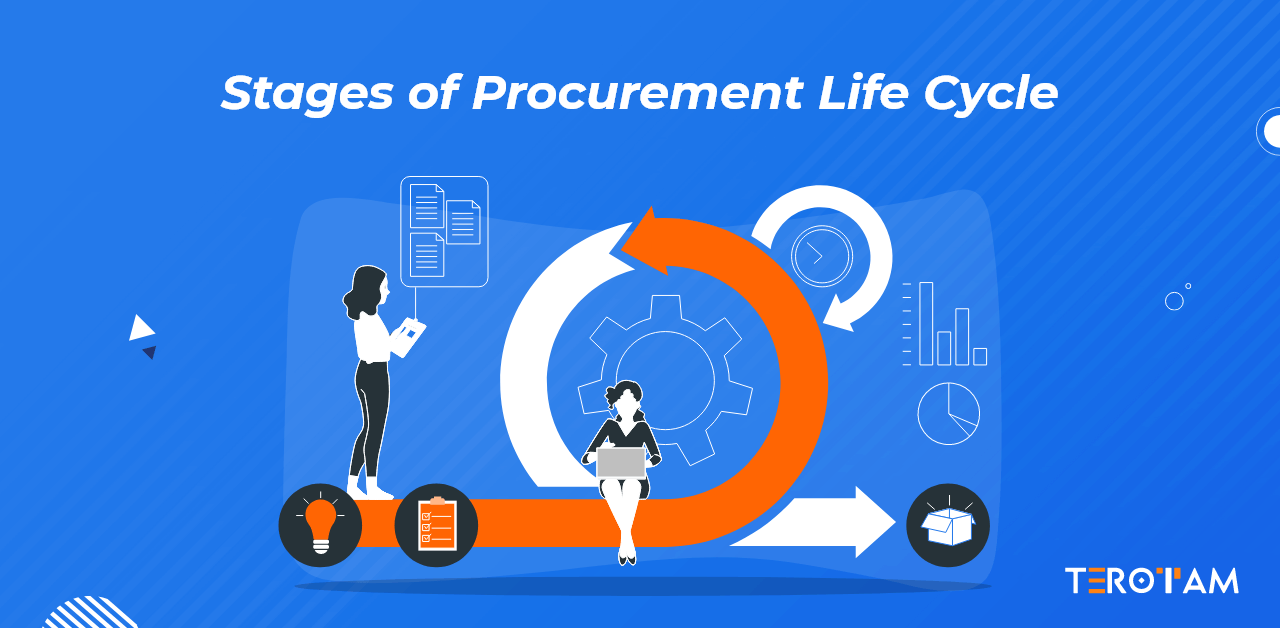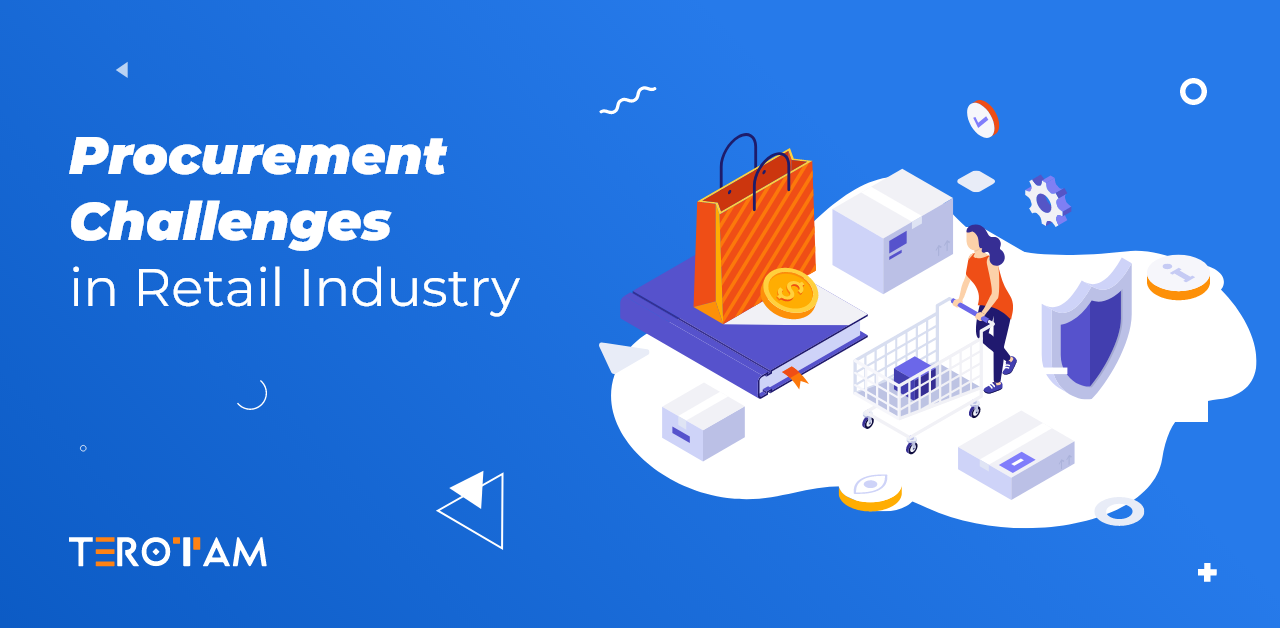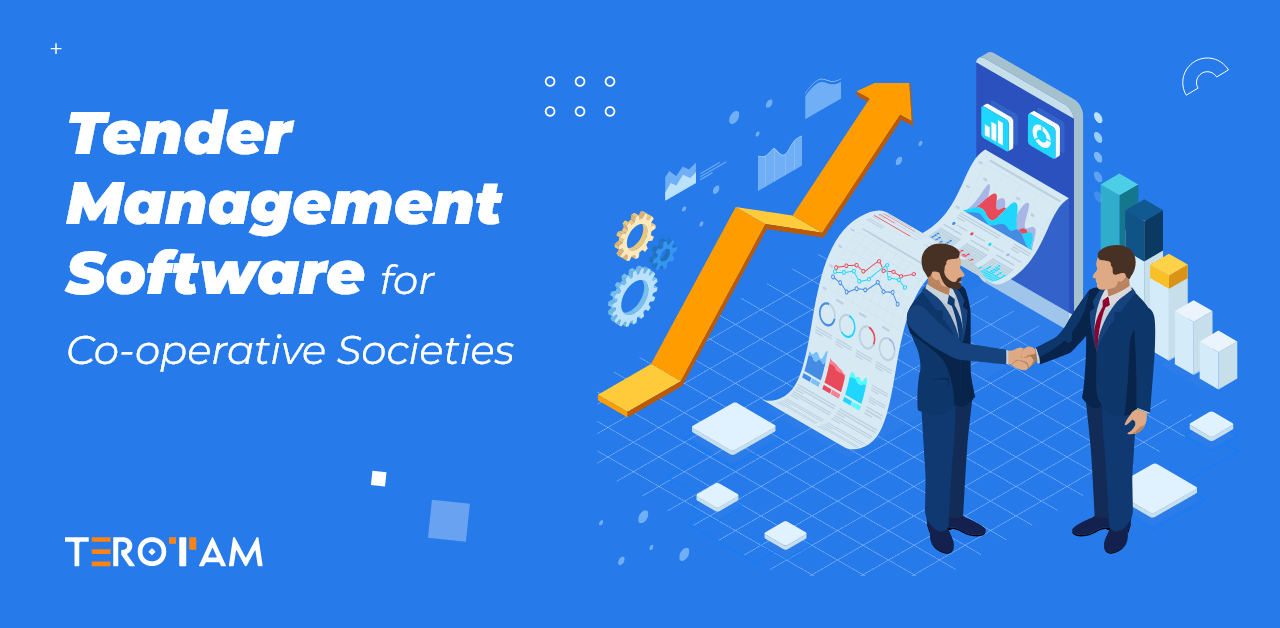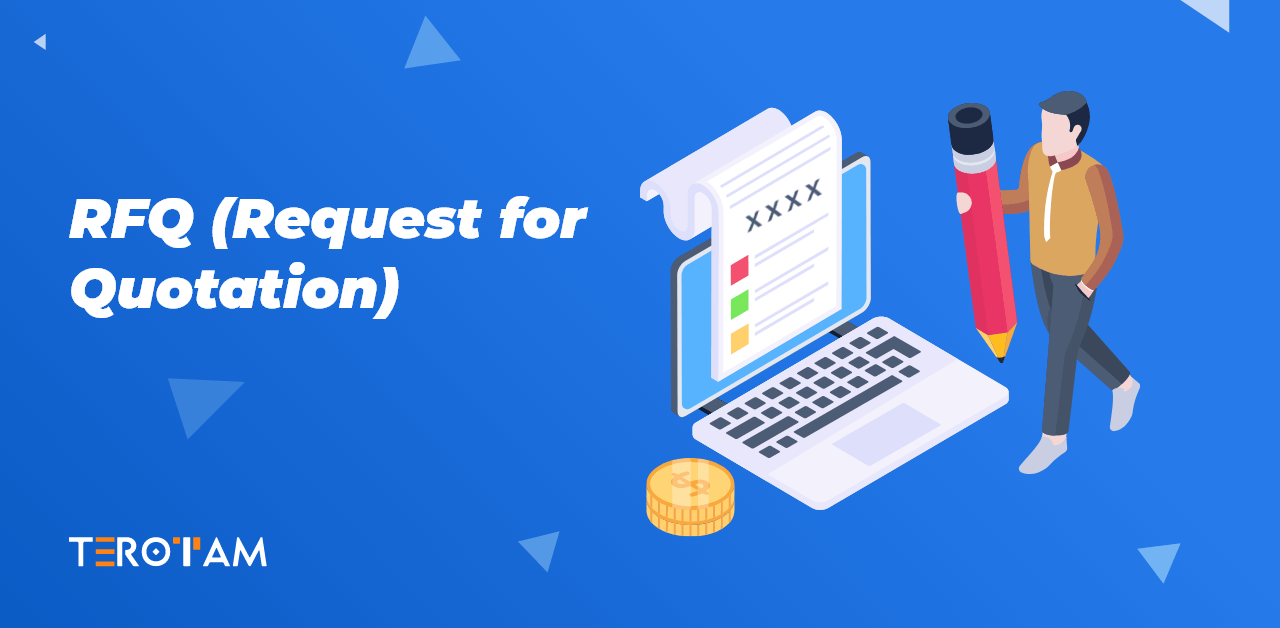Understanding the smooth procedure that brings common things into your possession is essential in the complex world of commerce. This journey is driven by a highly coordinated and meticulous set of processes called the procurement life cycle, which starts with the initiation of raw materials and ends with the accurate delivery of finished goods. E-Procurement is emerging as a result of the transformation of traditional procurement practices in the rapidly changing digital age. This extensive blog sets out to carefully explore and decipher the complexities of the e-Procurement life cycle.
The purpose of this article is to understand procurement life cycle, highlight the key differences between modern procurement methods and to explain how e-Procurement software is bringing about a revolution in the way this crucial aspect of corporate operations is managed.
What is the Procurement Life Cycle?
The procurement life cycle is the series of steps that an organization follows to obtain the goods, services, and supplies it needs to operate efficiently. This process typically includes identifying needs, sourcing suppliers, negotiating contracts, ordering, receiving, paying for, and managing these goods and services.
Let’s explore each of these stages in more detail.
Stages of Traditional Procurement Life Cycle
Identify Needs: The procurement journey begins with identifying the organization’s needs, whether it’s raw materials, services, or equipment. This stage involves communication between various departments to determine what is required for smooth operations.
Supplier Selection: Once the needs are identified, the organization searches for suitable suppliers. The selection process often involves evaluating supplier capabilities, assessing their reliability, and considering factors such as pricing and location.
Negotiation: Negotiating terms and conditions, including pricing, delivery schedules, and quality standards, takes place at this stage. This involves back-and-forth discussions and may require legal input for contract finalization.
Purchase Order (PO): After negotiations, a purchase order is issued to the selected supplier, specifying what’s needed, the agreed-upon terms, and the expected delivery date.
Goods Receipt: The organization receives the ordered items, inspects them to ensure they meet the agreed-upon standards, and logs this information into their system.
Invoice and Payment: The supplier sends an invoice for the delivered goods or services, and the organization processes it for payment according to the terms established in the purchase order.
Vendor Management: Post-purchase, it’s essential to manage the relationship with suppliers. This includes ongoing communication, evaluating supplier performance, and addressing any issues or concerns.
How does Traditional Procurement Differ from e-procurement Life Cycle Stages?
Traditional procurement often involves manual processes, including paperwork, emails, and phone calls. This can be time-consuming and prone to errors. In contrast, e-Procurement leverages technology to streamline the entire process for increased efficiency and accuracy. Here’s how e-Procurement differs in more detail:
Digital Documentation: e-Procurement replaces paper-based documentation with digital records, reducing the risk of document loss or errors.
Transparency: e-Procurement systems provide real-time visibility into the procurement process, allowing for better monitoring and control.
Efficiency: Automation and streamlined workflows reduce the time and effort required for various procurement stages, from requisition to payment.
Integration: e-Procurement software can seamlessly integrate with other business systems, such as accounting and inventory management, creating a cohesive and efficient process.
How Does the E-Procurement Life Cycle Work?
1. Demand Analysis:
The e-Procurement life cycle begins with demand analysis, a critical phase where organizations meticulously assess their requirements. This process involves identifying what goods or services are needed and, importantly, setting budget constraints to align procurement activities with financial goals. Advanced e-Procurement systems incorporate data analytics to provide valuable insights into historical consumption patterns, current demands, and future forecasts. This data-driven approach enhances the precision of procurement decisions.
2. Supplier Registration and Management:
Supplier registration and management play an essential role in e-Procurement. Suppliers are onboarded into the e-Procurement system, creating a streamlined platform for communication and collaboration. Comprehensive supplier profiles are maintained within the system, offering insights into supplier performance, compliance records, and other pertinent information. This enables organizations to evaluate and select suppliers more efficiently and helps maintain a transparent supplier relationship.
3. E-Sourcing:
E-Sourcing, or electronic sourcing, simplifies the supplier selection process. Organizations can leverage e-Sourcing tools to search for potential suppliers and invite competitive bids through Request for Quote (RFQ) management. The system supports bid comparison, allowing users to evaluate various offers based on factors such as price, delivery time, quality, and past performance. This stage greatly streamlines supplier engagement and negotiation.
4. Electronic Contracts:
Electronic contract management is pivotal in reducing manual paperwork and streamlining negotiations. It allows organizations to negotiate contract terms electronically and efficiently document any changes or amendments. Additionally, e-Procurement systems offer a contract repository for storing and accessing contracts, providing easy reference for audit purposes and ensuring transparency in the contractual process.
5. Purchase Requisition:
The creation of digital purchase requisitions is a core function of e-Procurement. Users can generate electronic requisitions within the system, which can then undergo automated approval workflows. These workflows ensure that requisitions adhere to organizational policies and budget constraints, adding an additional layer of control and compliance to the procurement process.
6. Purchase Order Automation:

Purchase order automation is a hallmark of e-Procurement, reducing the need for manual intervention. The system automatically generates purchase orders from approved requisitions, ensuring consistency and accuracy. These purchase orders can be updated and tracked in real-time, providing visibility into the status of orders and their expected delivery dates.
7. E-Invoicing:
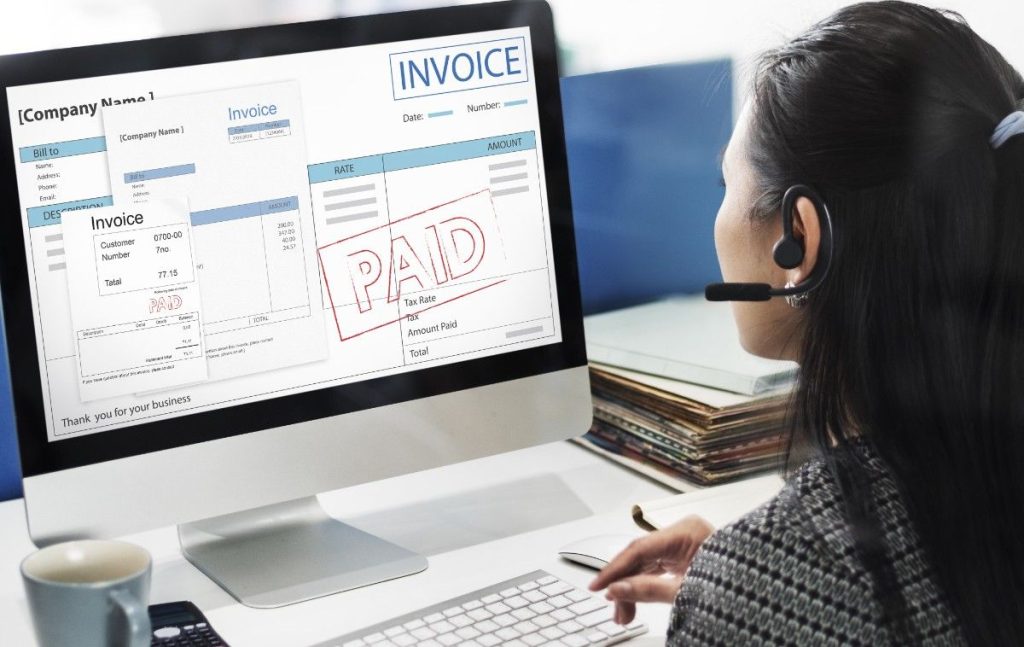
E-Invoicing simplifies the invoicing process by allowing suppliers to submit electronic invoices directly into the system. This eliminates the need for paper invoices and manual data entry. The software automates the invoice processing, matching invoices with corresponding purchase orders and receipts. Discrepancies are flagged for review, ensuring accuracy and compliance.
8. Goods Receipt and Acceptance:
The e-Procurement system tracks the delivery of goods and enables users to acknowledge receipt electronically. It also supports quality control by allowing organizations to document any issues during the goods receipt process. This stage enhances the organization’s ability to maintain high-quality standards and quickly address discrepancies.
9. Payment Automation:
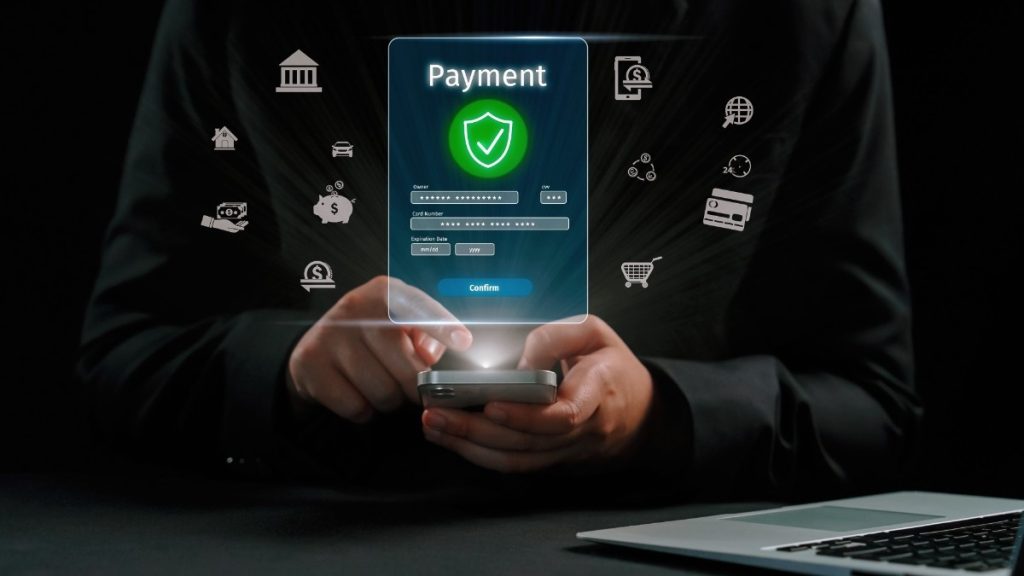
Payment automation facilitates the electronic processing of payments. Payments are made efficiently, ensuring accuracy in financial transactions. The system can support various payment methods and integrate seamlessly with banking systems. Approval workflows can be configured to ensure compliance with financial controls and budget constraints.
10. Vendor Performance Management:
Supplier performance is closely monitored through the e-Procurement system. Historical data on supplier performance is maintained, enabling organizations to evaluate and rate suppliers over time. This data-driven approach enhances supplier relationships and decision-making, allowing for the continuous improvement of the procurement process.
How e-Procurement Software Automates and Systematically Manages Procurement Life Cycle?
e-Procurement software offers several automation and management features that can significantly improve the procurement process. Let’s delve into the specifics of how e-Procurement software streamlines and systematizes procurement activities:
Automation of Routine Tasks: e-Procurement systems automate repetitive tasks such as purchase order creation, invoice processing, and payment authorization. This reduces manual labor and the risk of errors.
Approval Workflows: Electronic workflows within e-Procurement software ensure that purchase requisitions and purchase orders are properly reviewed and approved, in accordance with the organization’s policies.
Spend Analysis: These systems provide detailed insights into procurement spending, helping organizations identify cost-saving opportunities and manage their budgets more effectively.
Supplier Performance Tracking: e-Procurement software stores historical data on supplier performance, making evaluating and selecting reliable suppliers for future contracts easier.
Compliance Management: These systems help enforce compliance with procurement policies, ensuring that every procurement action aligns with the organization’s guidelines.
Reporting and Analytics: e-Procurement software offers robust reporting and analytics features, allowing organizations to make data-driven decisions and track key performance metrics.
Integration with Other Systems: Many e-Procurement solutions can integrate with accounting, inventory management, and other enterprise systems, facilitating seamless data sharing and process optimization.
Supplier Portals: Suppliers often have access to e-Procurement portals, allowing them to submit bids, update product catalogs, and track order statuses. This improves communication and collaboration between organizations and their suppliers.
Cost Savings: By automating processes and providing real-time data, e-Procurement software can help organizations negotiate better deals, optimize their supply chain, and ultimately reduce procurement costs.
Conclusion
The traditional procurement life cycle is evolving into the digital era as the business world changes, giving rise to e-Procurement, which provides a more effective, transparent, and cost-efficient approach to handle the procurement process. Organizations can automate and methodically manage their procurement life cycle in great detail by implementing e-Procurement software, which will strengthen their supplier relationships and improve operations.
As companies keep adjusting to the evolving procurement landscape, e-Procurement is turning into a crucial tool for success in the contemporary market. It makes the procurement process more efficient while also putting businesses in a position to prosper in a world that is becoming more data-driven and competitive.
Looking to have more insights on eProcurement and its Life cycle stages? – Connect with our experts now or write us at contact@terotam.com


